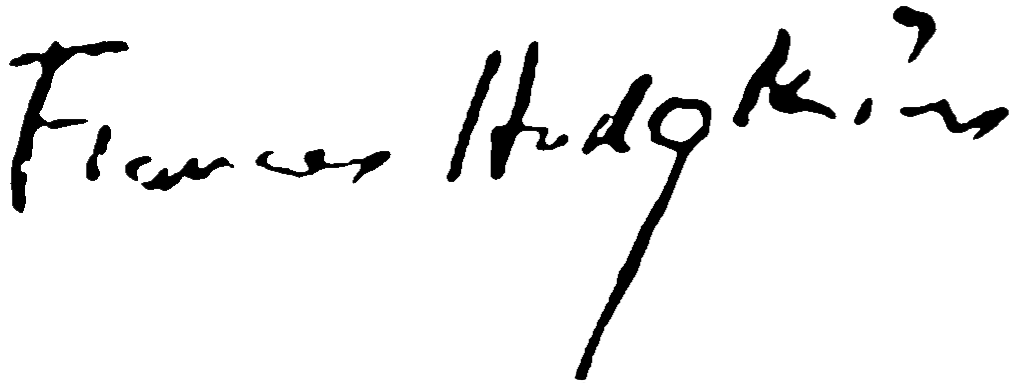maud sherwood
Fishing Boats at Concarneau
Watercolour, 42 x 50 cm
Signed lower left
Julie Heraud 'Maud Sherwood New Zealand Artist 1880 - 1956' (1992)
‘The boats are gorgeous things with orange and brown sails and one I saw was a canary yellow and another almost an emerald green. Just imagine these all clustered together with the sun shining on them’.
Maud Winifred Sherwood (née Kimbell) (1880-1956) was born in Dunedin and moved as a child to Wellington in the early 1890s. She began exhibiting with the New Zealand Academy of Fine Arts in 1898 and won a travelling scholarship in 1902. Deferring this opportunity, she chose instead to become a teacher at the Technical College under James Nairn, whose position she assumed on his death in 1904.
Her first solo exhibition opened at the McGregor Wright Art Gallery, Wellington, on 16 April 1910. In late 1911 she left New Zealand and after a brief stay in London went to Paris where she visited artists’studios with Frances Hodgkins. She then studied at the Académie Colarossi, one of the best-known art schools in Paris, where Frances had taught, and soon after moved to Percyval Tudor-Hart’s studio. In the summer of 1912, she toured southern England in a sketching group organised by Tudor-Hart which included fellow expatriates Owen Merton, Cora Wilding and C.Y. Fell.
The following summer Sherwood visited the small fishing port and artist mecca of Concarneau, Brittany. It may well have been recommended to her by Hodgkins, who had spent the summer of 1911 painting in the picturesque fishing village. Whilst staying there Sherwood also met Cantabrian expatriate Sydney Lough Thompson, who was resident in Concarneau during this period.
Sherwood was greatly inspired by the subjects that Concarneau offered which included the marketplace, the locals in their historic vernacular costumes, the apparently ungoverned urchins of the town, the warm beaches and the fishing port.
Fishing Boats at Concarneau reflects the enthusiasm expressed by Sherwood for the small fishing village. Inspiration seemed to abound, and she wrote in her letters home:
Hughes sold her studio in 1940 and her output slowed considerably after this. She died in Lamorna in 1959. Eleanor Hughes is to this day recognised as one of the core group of Cornish school artists, whose distinctive style is immediately recognisable.
‘The boats are gorgeous things with orange and brown sails and one I saw was a canary yellow and another almost an emerald green. Just imagine these all clustered together with the sun shining on them’
The vigour of the present subject matter is cleverly underpinned by the square format chosen by the artist. This painting exemplifies what critics expressed of Sherwood’s work on her return to New Zealand as“her coat-off freedom of treatment”(Evening Post).
Sherwood left Europe in October 1913 and settled in Sydney, where she became a regular exhibitor. An unhappy marriage made in 1917 came to an end in 1922, whereafter she exhibited and travelled extensively. She spent several years working abroad and returned to Australia permanently in 1933.
The work illustrated on the cover of this catalogue, Tea for Two, which has previously also been titled as On the Beach, dates from a period when Sherwood was travelling in the northern hemisphere (1926–1933). More cursory, and thus far more intimate than Hodgkins’ comparable Painting Class on the Beach c.1921-24 and After the Bathe (c.1921-24), the present work merely hints – but how beautifully – at the combination of skill, style and taste that brought Sherwood so much success.

